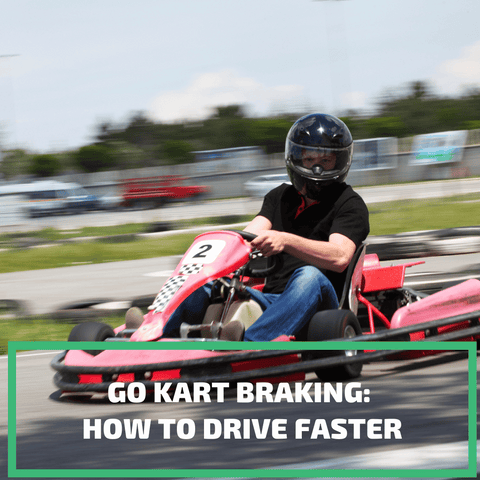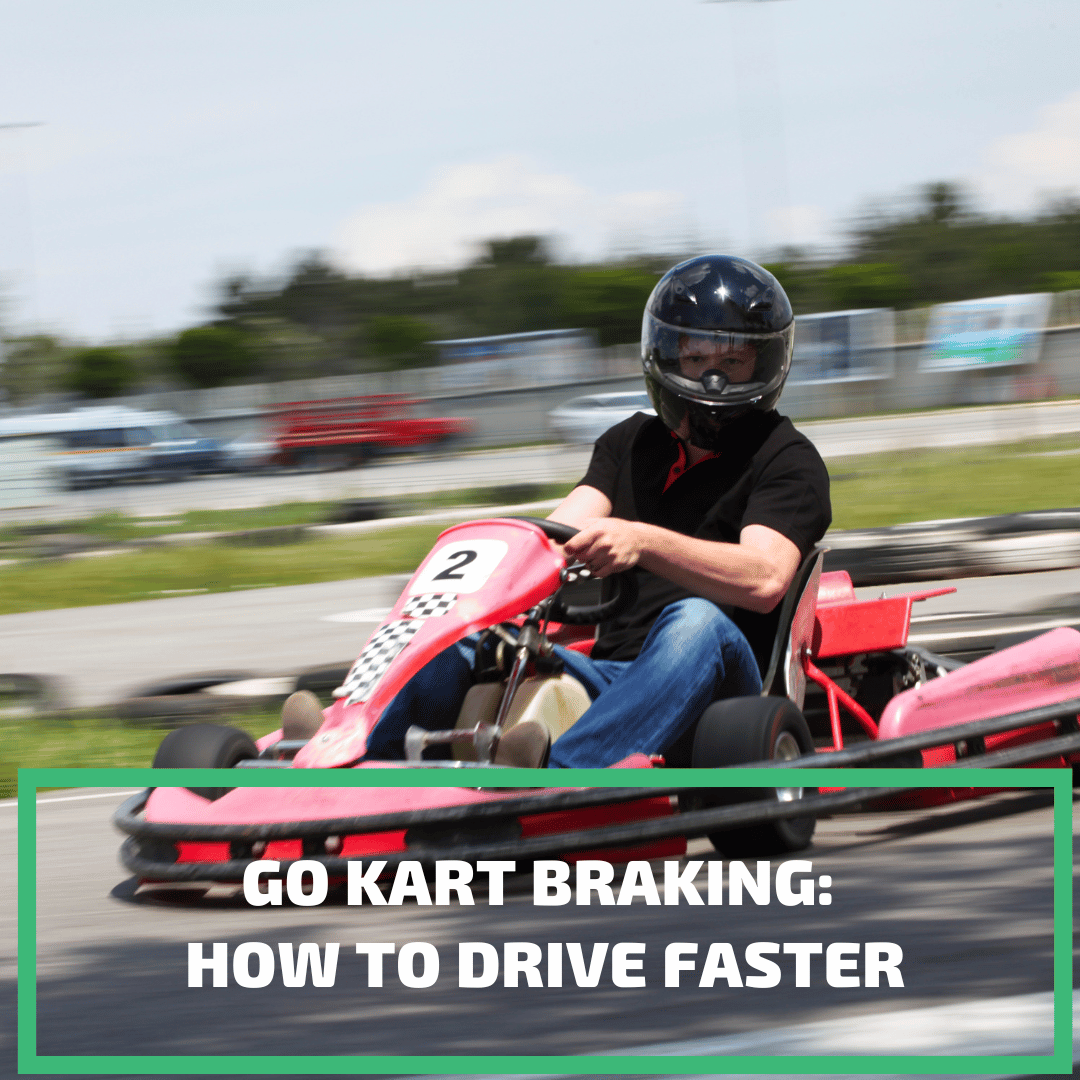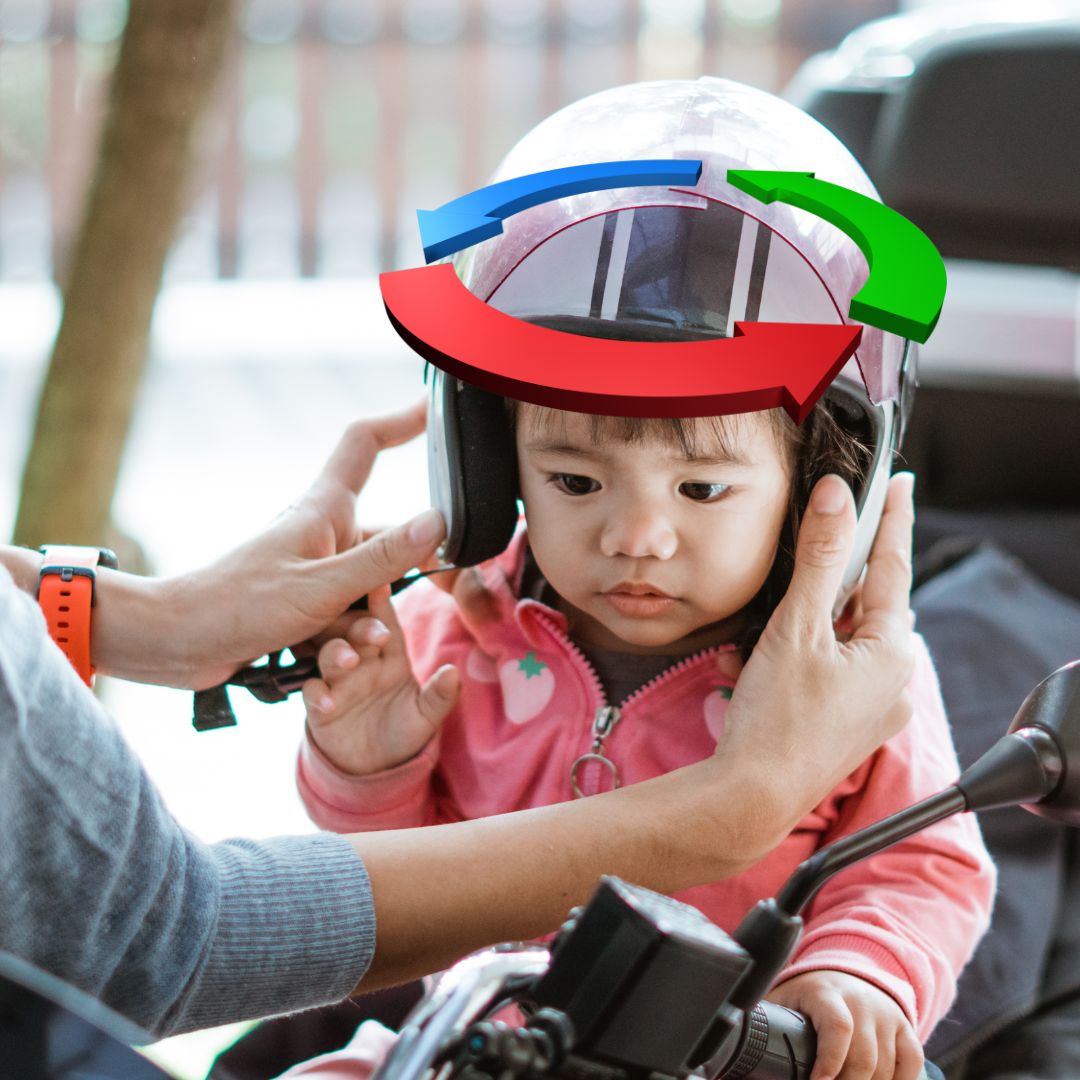
Updated: 14.05.25
In go-karting, "slow in, fast out" defines winning strategy. Mastering braking techniques like trail braking can shave seconds off lap times, boosting your edge. Whether racing go-karts or learning, precise braking transforms amateurs into pros.
1. Go-Kart Braking Basics
Effective braking ensures control and speed. Key techniques include:
| Technique | Description |
|---|---|
| Trail Braking | Brake late to the apex, releasing pressure gradually for better cornering speed. |
| Power Braking | Throttle and brake simultaneously for speed, risking engine/brake overheating. |
| Late Braking | Brake as late as possible before a corner, requiring precision to maintain control. |
| Looking Ahead | Focus on braking point, apex, then exit for optimal racing line. |
| Strategic Braking | Brake on straight sections to decelerate smoothly, stabilizing the kart. |
2. Essential Braking Techniques
- Looking Ahead: Shift gaze from braking point to apex to exit, ensuring the ideal racing line. See quicker cornering tips.
- Early Braking: Brake on straights to avoid oversteer, maintaining stability. Learn about drifting risks.
- Smooth Braking: Apply gentle, consistent pressure to prevent wheel lock.
- Gradual Release: Ease off brakes entering corners for control and speed.
3. Advanced Braking Techniques
Trail Braking
Trail braking blends late braking and turning, manipulating kart weight for faster corner entry. Brake hard on straights, ease off while turning, and adjust pressure to optimize grip. Master this with performance tips.
Power Braking
Power braking—throttling while braking—boosts speed but risks overheating. Use sparingly, as outlined in first-time driving tips.
Late Braking
Late braking delays deceleration to the last moment, carrying momentum into corners. It demands precision to avoid losing control. Practice with improvement strategies.
4. Safety Precautions
Advanced braking increases risks. Brake gradually, maintain kart condition, and wear safety gear (helmet, gloves, footwear). For beginners or kids, try kids’ electric go-karts. See kart suitability guide.
5. Physical and Mental Preparation
Physical: Build core, arm, and shoulder strength; cardio boosts endurance.
Mental: Stay focused with mindfulness and visualization for race strategy.
6. Common Mistakes and Fixes
- Harsh Braking: Avoid sudden pressure to prevent oversteer; brake progressively.
- Improper Release: Release brakes gradually during turns for stability. See karting mistakes to avoid.
7. Simulator Training
Simulators offer risk-free practice for braking techniques, providing feedback on trail and late braking. They help learn tracks and braking points effectively.
Related: Ten Facts About Go-Karts
Conclusion
Mastering go-kart braking—trail, power, and late techniques—unlocks faster laps and better control. Combine strategic braking, physical fitness, and mental focus for success. Hit the track and make every brake count!
Frequently Asked Questions
What’s the difference between trail braking and power braking?
Trail braking uses late, gradual brake release to control cornering weight; power braking throttles while braking for speed, risking overheating.
How do I fix trail braking mistakes?
Avoid harsh braking by applying pressure gently and releasing smoothly to prevent oversteer or spins.
Can simulators improve my braking technique?
Yes, simulators provide safe practice with real-time feedback, helping perfect braking points and techniques.
Is late braking safe for beginners?
Late braking is risky for beginners; master basic braking first to ensure control and safety.
How does physical fitness impact braking performance?
Core strength and endurance help maintain precise braking control under physical strain during races.
Get in Touch 🚀
Loved our guide on “Go-Kart Braking: How to Drive Faster”? Want more racing tips?
We’re here for all your kids’ ride-on toy questions! 🚗💨
Explore more at RiiRoo.com.
Or, chat with us via Live Chat for instant answers!








Share:
How Fast Does A Go Kart Accelerate?
Why Does My Go-Kart Clutch Smoke? (UPDATED 2025)